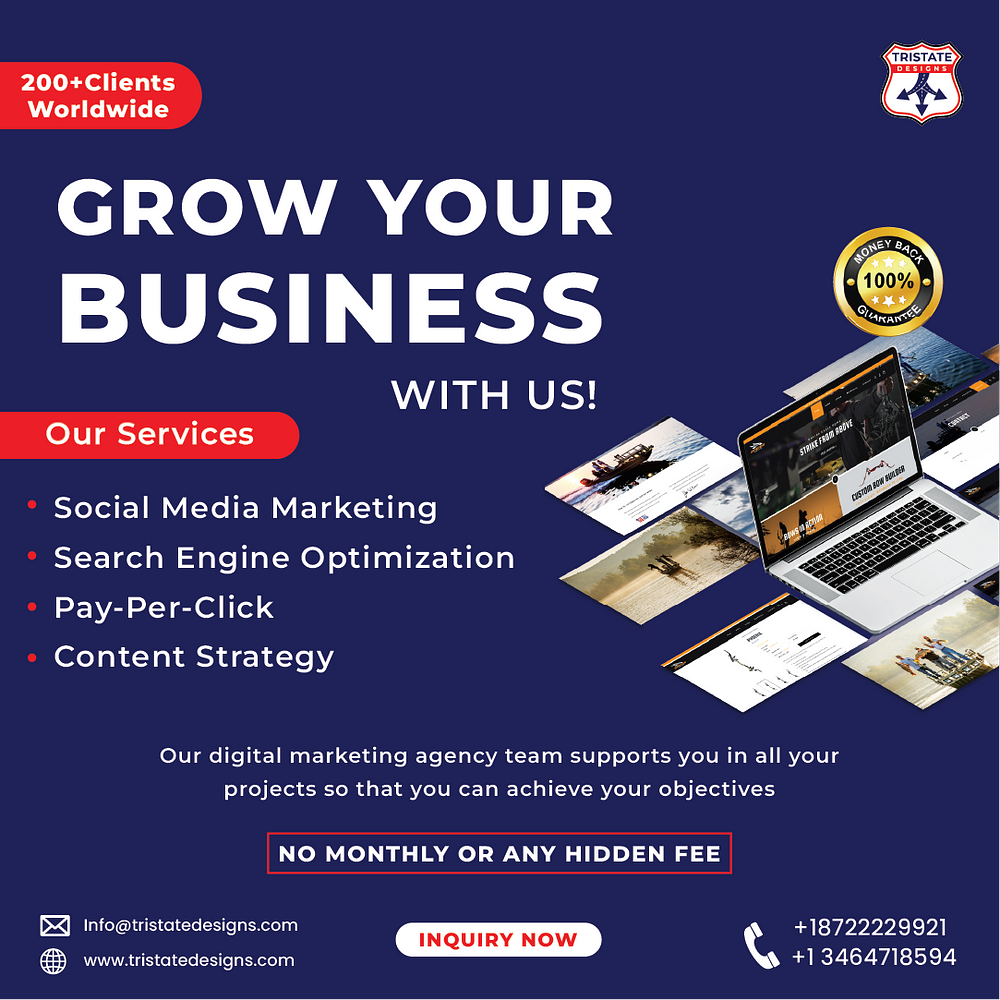How to Design Effective Email Newsletters

Email newsletters remain a powerful tool for marketers to connect with their audience, drive engagement, and promote their products or services. However, with inboxes flooded with messages, designing an effective email newsletter that stands out and drives results can be challenging. In this blog post, we’ll explore some essential tips and best practices for designing email newsletters that captivate subscribers and deliver real value.
1. Define Your Goals and Audience
Before you start designing your email newsletter, it’s essential to define your goals and understand your audience. What do you want to achieve with your newsletter? Are you aiming to drive traffic to your website, promote new products, or nurture leads? Understanding your goals will help you tailor your content and design to meet the needs and preferences of your audience.
2. Keep it Simple and Scannable
When it comes to email newsletters, less is often more. Keep your design clean, simple, and easy to scan. Use short paragraphs, bullet points, and subheadings to break up the text and make it more digestible. Avoid cluttering your newsletter with too many images or design elements that can distract from your message.
3. Use Eye-Catching Visuals
Visuals play a crucial role in capturing the attention of your subscribers and making your email newsletter visually appealing. Use high-quality images, graphics, and videos to complement your content and reinforce your brand identity. Make sure your visuals are relevant to your message and help tell your story effectively.
4. Choose a Responsive Design
With more people checking their email on mobile devices, it’s essential to design your email newsletter with mobile users in mind. Choose a responsive design that adapts to different screen sizes and resolutions, ensuring that your newsletter looks great and functions correctly on smartphones, tablets, and desktops.
5. Personalize Your Content
Personalization is key to engaging your subscribers and making them feel valued. Use merge tags to personalize your emails with subscribers’ names or other relevant information. Segment your email list based on demographics, preferences, or past behavior to deliver targeted content that resonates with each segment of your audience.
6. Include Clear Calls to Action (CTAs)
Every email newsletter should have a clear call to action (CTA) that prompts subscribers to take the desired action, whether it’s visiting your website, making a purchase, or signing up for an event. Make your CTAs stand out by using contrasting colors, compelling copy, and prominent placement within your newsletter.
7. Test and Optimize
Don’t rely on guesswork when it comes to designing your email newsletters. Use A/B testing to experiment with different subject lines, designs, and content to see what resonates best with your audience. Analyze the results of your tests and use the insights to optimize your future email campaigns for better performance.
8. Comply with Email Marketing Best Practices
Finally, make sure your email newsletters comply with email marketing best practices and regulations. Include a clear unsubscribe link and honor unsubscribe requests promptly. Follow best practices for email deliverability, such as avoiding spammy subject lines and using a reputable email service provider.
Conclusion
Designing effective email newsletters requires careful planning, thoughtful design, and a deep understanding of your audience’s needs and preferences. By defining your goals, keeping your design simple and scannable, using eye-catching visuals, choosing a responsive design, personalizing your content, including clear CTAs, testing and optimizing your campaigns, and complying with email marketing best practices, you can create email newsletters that captivate subscribers and drive results. With the right approach, email newsletters can be a valuable tool for building relationships with your audience, driving engagement, and achieving your marketing goals.

